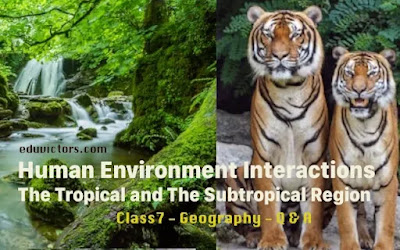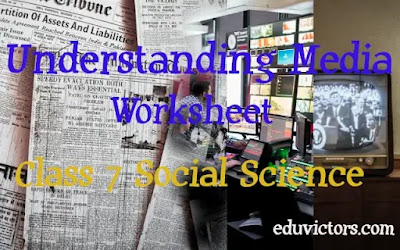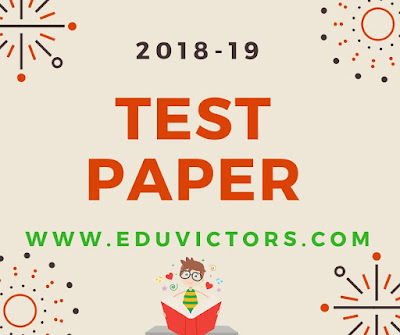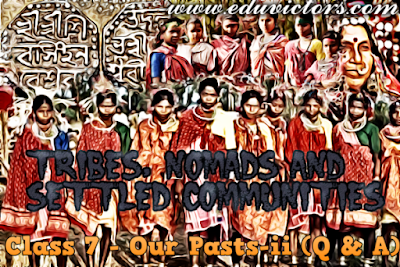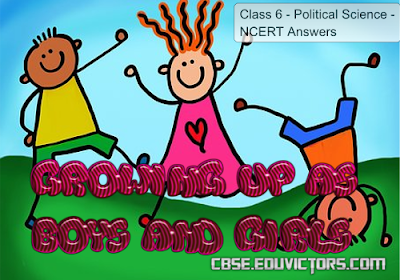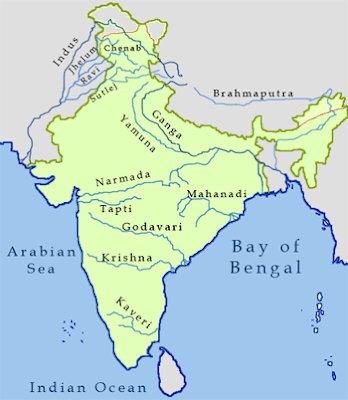Chapter 8: Human-Environment Interactions: The Tropical and The Subtropical Region - Questions and Answers (Part-2)
Class 7 - Subject: Social Science - Our Environment
For NCERT solutions and MCQs, you see the Part-1 post.
Q1. The Amazon River Basin lies near to which circle of latitude?
Answer: Equator.
Q2. Who discovered the Amazon river?
Answer: Amazon River was discovered by a Spanish explorer, Vicente Yanez Pinzon.
Q3. Through which countries does the Amazon river pass through?
Answer: The Amazon River basin drains portions of Brazil, parts of Peru, Bolivia, Ecuador, Columbia and a small part of Venezuela.
